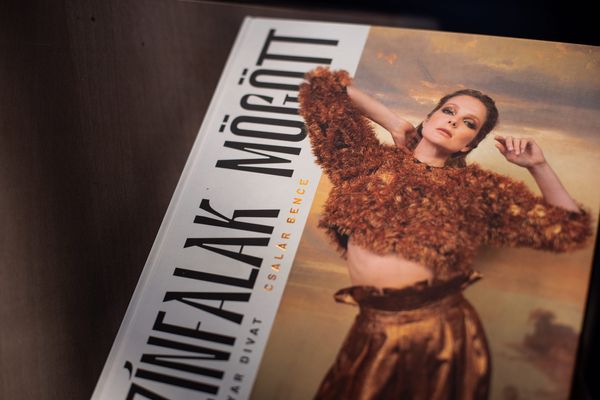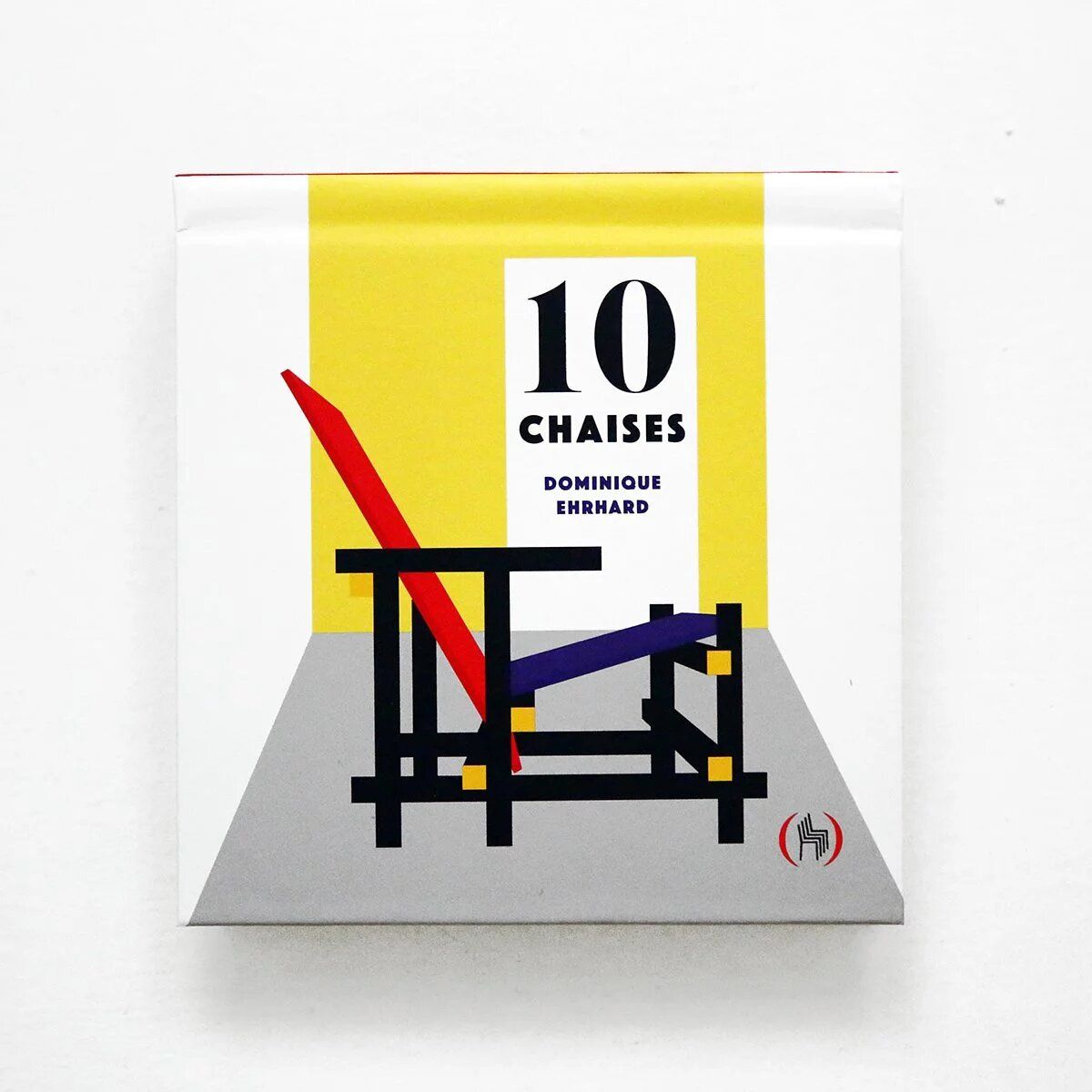The coolest chairs of history are presented in the form of miniature paper models in Dominique Ehrhard’s book titled 10 chaises.
As a child, I had a thing for interactive books: those in which you could move elements around, you could open windows or the illustrations turned into 3D when you flipped a page. Dominique Ehrhard’s famous 3D books evoke these memories, and out of his publications, perhaps the one titled 10 chaises showcasing ten iconic chairs is our favorite.
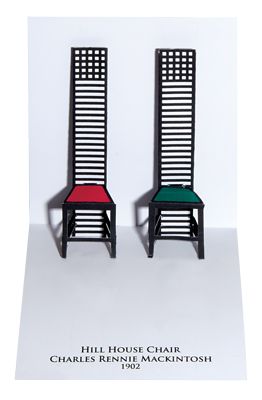

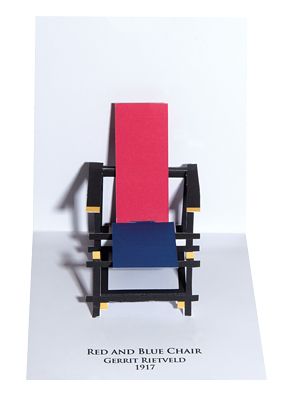
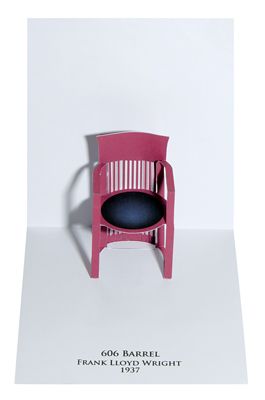
An image doesn’t tell too much about an object anyway, this is why 10 chaises fulfils an important task by putting the chairs, or their miniatures to be more accurate, in a 3D context. The history of chairs coming to life on the pop-up pages speaks for itself, but here’s our narration if you’re interested:
The book starts with a 19th century pioneer, the textbook example of transitioning from artisan trades to industrial production: Thonet’s chair. Thonet’s elegant, strong and cheap furniture satisfied the needs of all layers of society, and the mounted packaging solutions of steam-bent wooden furniture would even put IKEA to shame. By turning a page, the book continues with a denier of Art Nouveau “bending”, Scottish designer Charles Rennie Mackintosh, who voted for geometric purity both in terms of his architectural and furniture design. Then comes the iconic chessboard-pattern of Vienna-based designer Koloman Moser on an early modern piece of furniture, followed by a truly iconic piece, Gerrit Rietveld’s Red and Blue chair. According to the De Stijl movement (of which Rietveld is also an enthusiastic representative), clean abstraction can only use the colors red, yellow and blue, thus it is no coincidence that the chair makes us think of the works of Piet Mondrian, once again working along the principles of De Stijl. We would like to note that the pop-up effect works perhaps the best in the case of this piece, since this chair is indeed built up of sheets. Moving forward, the next is Marcel Breuer’s Wassily chair and the revolution of tubular steel furniture, which brought international fame to the Hungarian-born designer. Then come the stars of modern architecture, Le Corbusier’s elegant leather armchair, and Frank Lloyd Wright’s Barrel chair, composed by the architect specifically for his Taliesin home. With the yellow chair of the legendary designer duo Charles and Ray Eames, we get to see the climax of modernism,so much so that the designers (and society) slowly but steadily loses interest in modern furniture and ideas. Enter George Nelson and Irving Harper, wishing to loosen up and add some color to classic modern principles with their sofa named Marshmallow, and aiming for the breakthrough of modernism. Finally we arrive at postmodern, with objects wallowing in connotations, and where the mixing of styles and playfulness overrides rationality: Alessandro Mendini’s armchair Proust is about anything but offering comfortable seating. The name of the chair boasting Baroque shapes and upholstered with a Pointillist carpet alludes to the title of Marcel Proust’s novel In Search of Lost Time; postmodern at its best, if you like. And this marks the end of an era of iconic chairs in Ehrhard’s book.
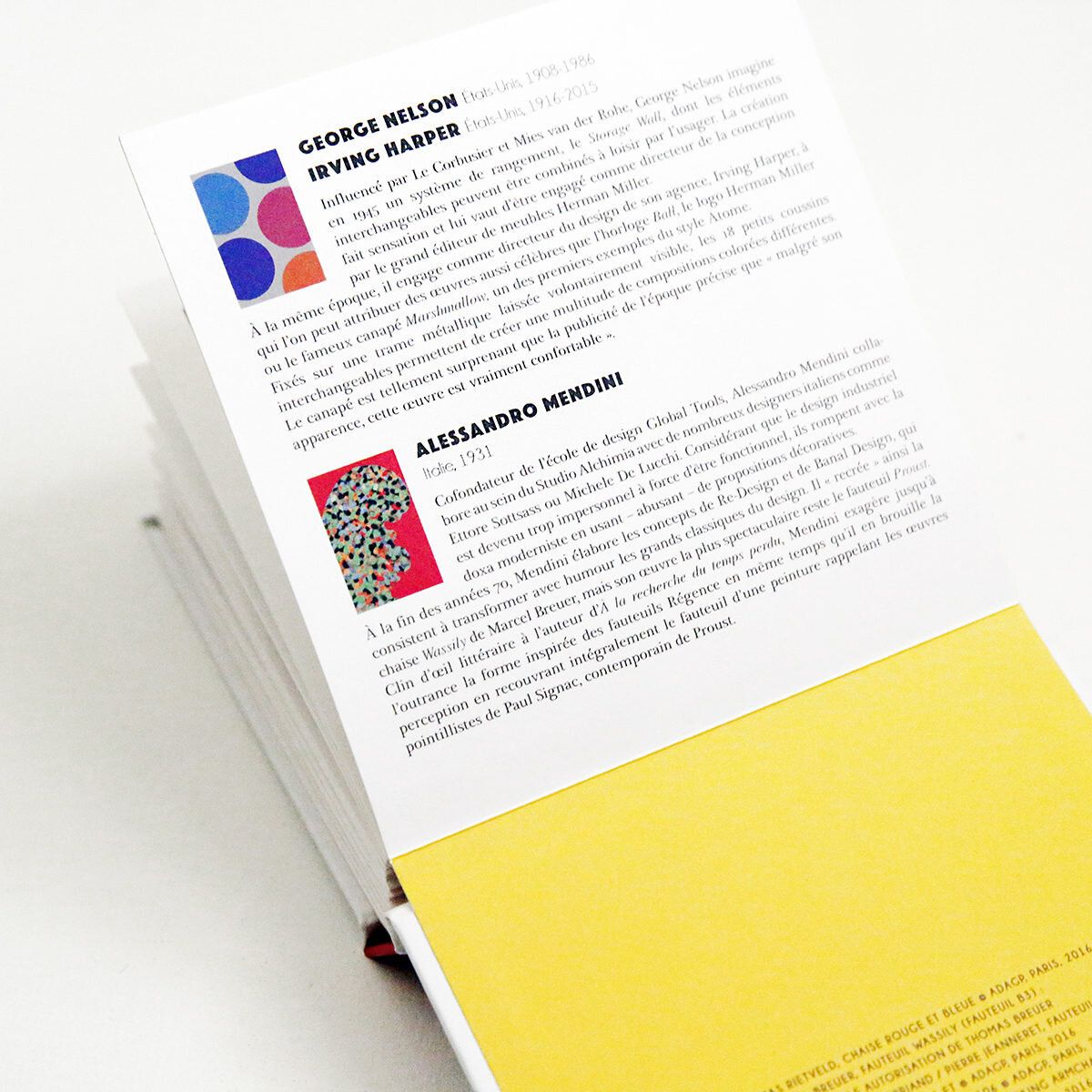

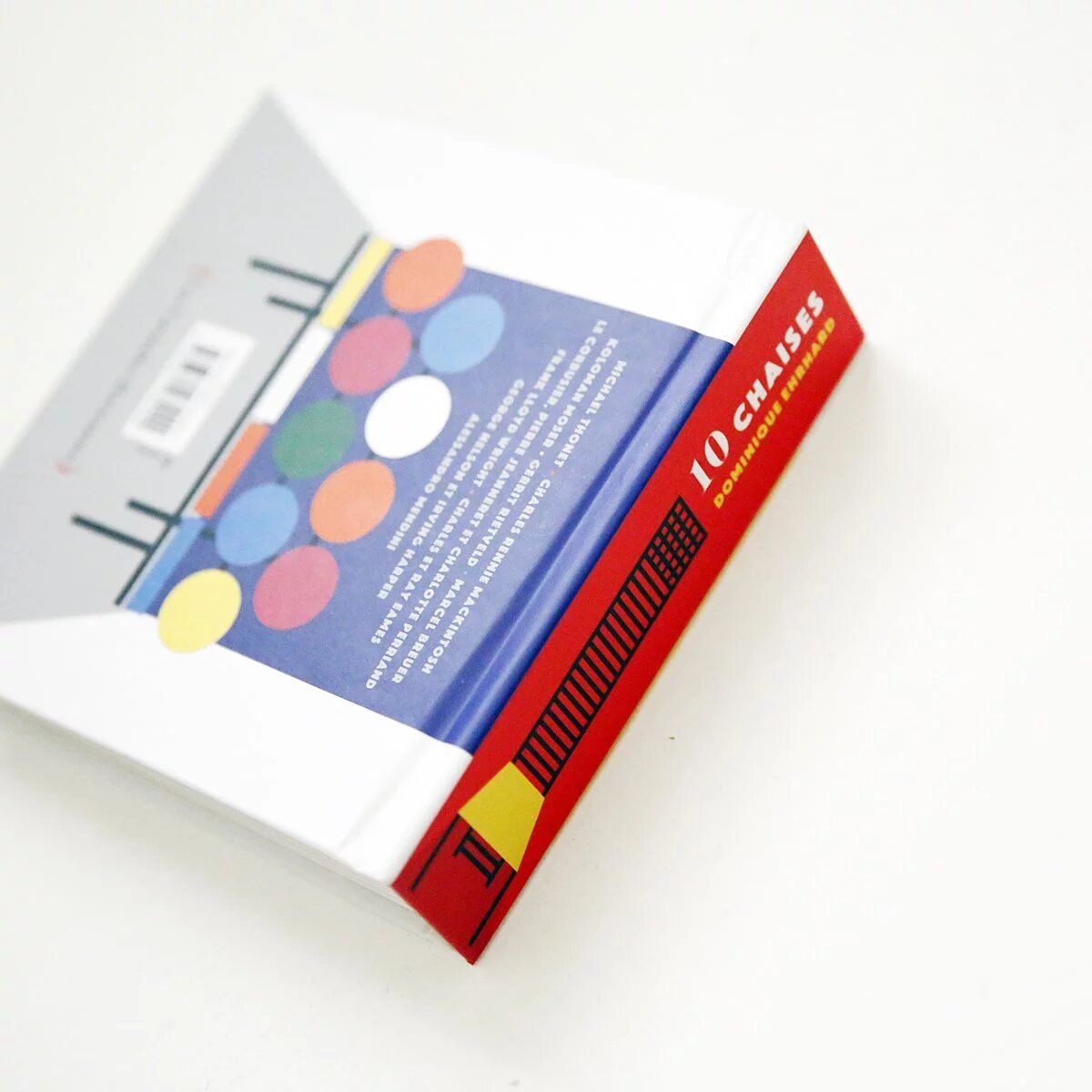

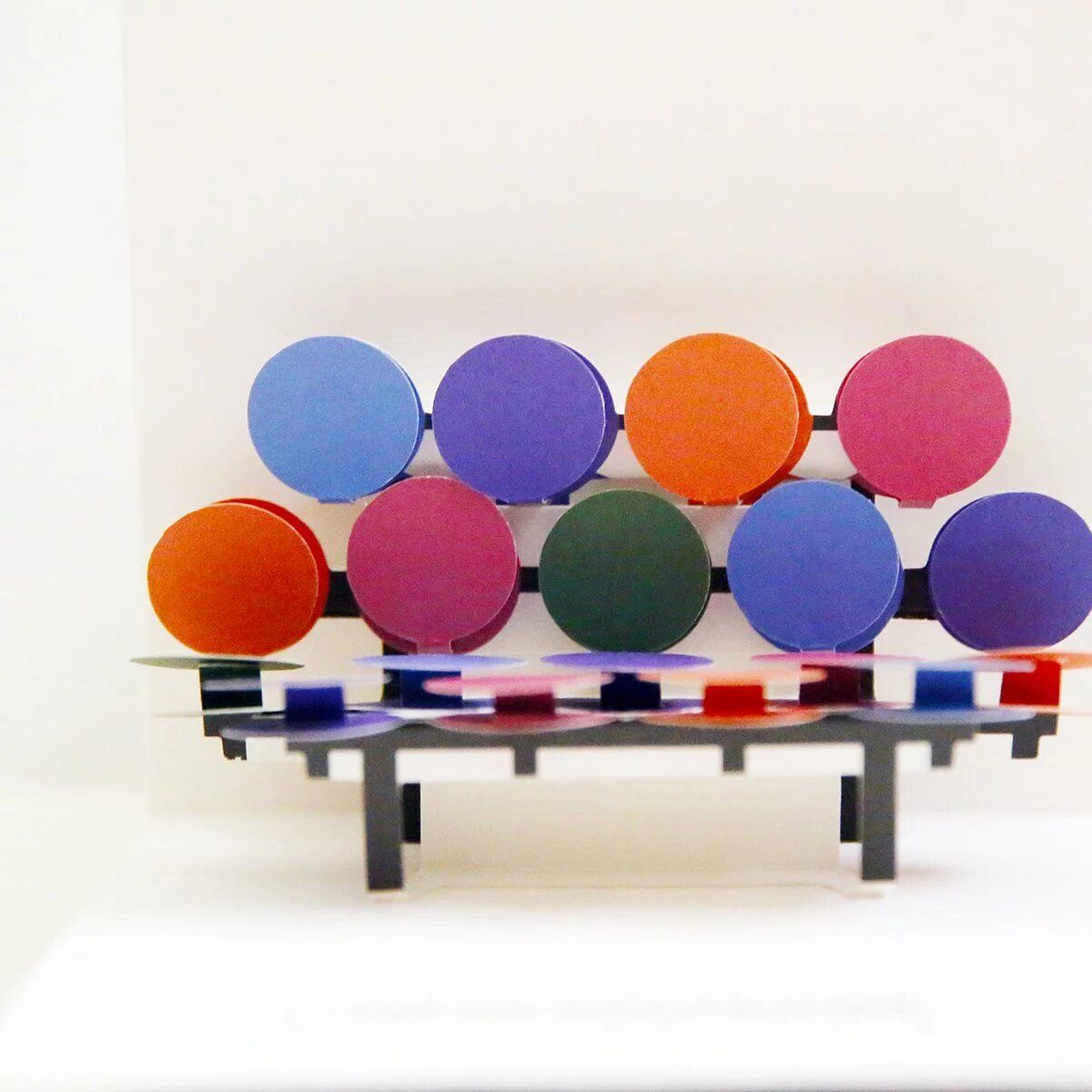
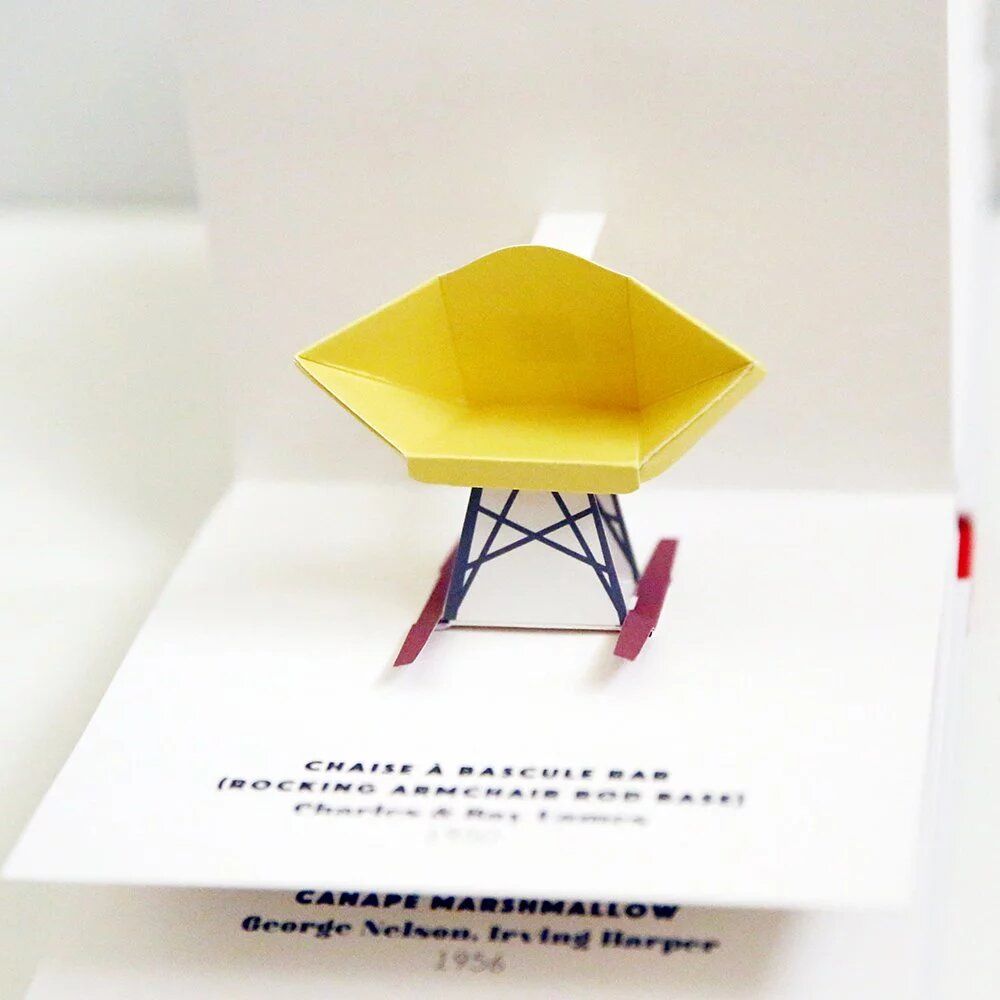
Les Grandes Personnes publishing house | Web
Dominique Ehrhard | Instagram

Wine brings people together | Le Tour de Dúzsi

Highlights of Hungary 2020 | József Martinkó
